Rini Sharon
Multilingual and Multimodal Abuse Detection
Apr 03, 2022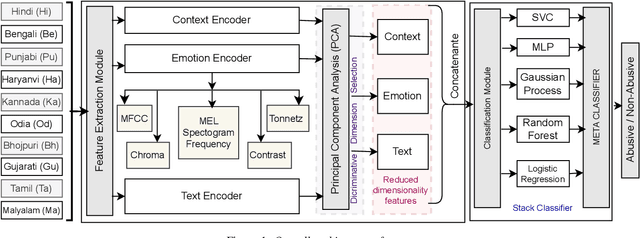
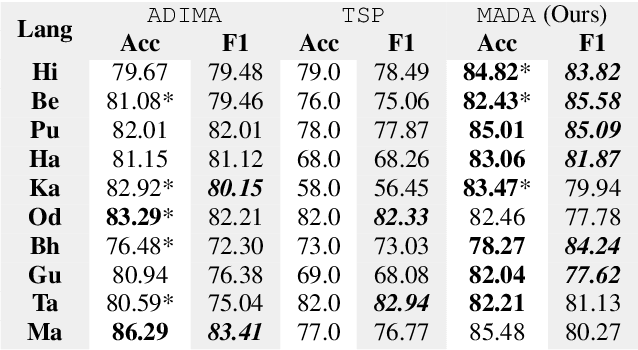
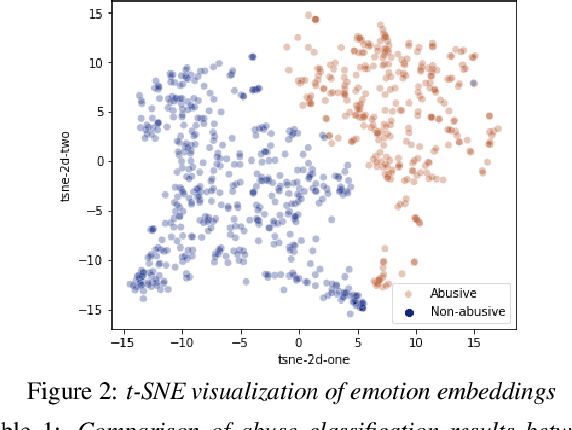

Abstract:The presence of abusive content on social media platforms is undesirable as it severely impedes healthy and safe social media interactions. While automatic abuse detection has been widely explored in textual domain, audio abuse detection still remains unexplored. In this paper, we attempt abuse detection in conversational audio from a multimodal perspective in a multilingual social media setting. Our key hypothesis is that along with the modelling of audio, incorporating discriminative information from other modalities can be highly beneficial for this task. Our proposed method, MADA, explicitly focuses on two modalities other than the audio itself, namely, the underlying emotions expressed in the abusive audio and the semantic information encapsulated in the corresponding textual form. Observations prove that MADA demonstrates gains over audio-only approaches on the ADIMA dataset. We test the proposed approach on 10 different languages and observe consistent gains in the range 0.6%-5.2% by leveraging multiple modalities. We also perform extensive ablation experiments for studying the contributions of every modality and observe the best results while leveraging all the modalities together. Additionally, we perform experiments to empirically confirm that there is a strong correlation between underlying emotions and abusive behaviour.
ADIMA: Abuse Detection In Multilingual Audio
Feb 16, 2022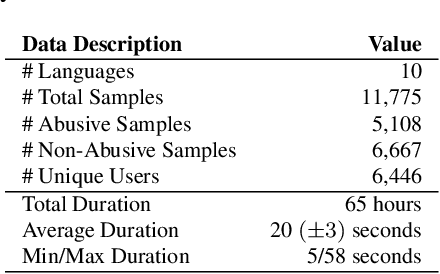

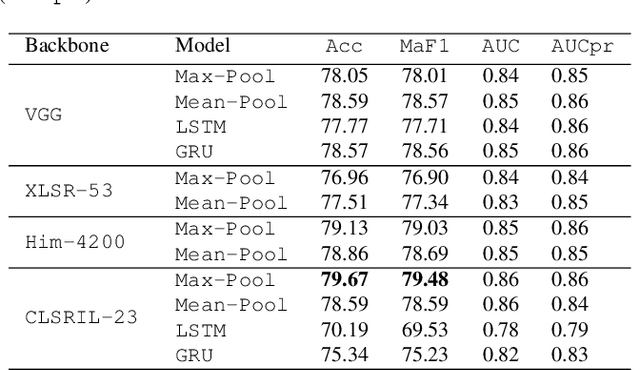
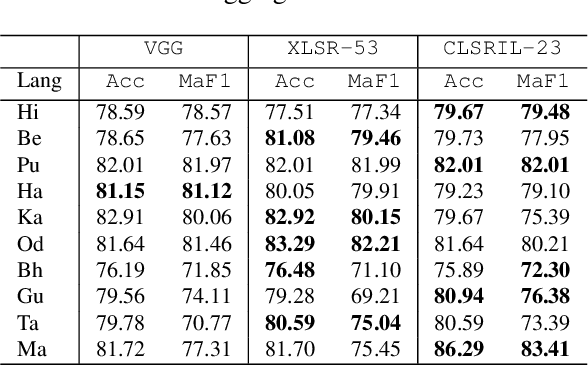
Abstract:Abusive content detection in spoken text can be addressed by performing Automatic Speech Recognition (ASR) and leveraging advancements in natural language processing. However, ASR models introduce latency and often perform sub-optimally for profane words as they are underrepresented in training corpora and not spoken clearly or completely. Exploration of this problem entirely in the audio domain has largely been limited by the lack of audio datasets. Building on these challenges, we propose ADIMA, a novel, linguistically diverse, ethically sourced, expert annotated and well-balanced multilingual profanity detection audio dataset comprising of 11,775 audio samples in 10 Indic languages spanning 65 hours and spoken by 6,446 unique users. Through quantitative experiments across monolingual and cross-lingual zero-shot settings, we take the first step in democratizing audio based content moderation in Indic languages and set forth our dataset to pave future work.
 Add to Chrome
Add to Chrome Add to Firefox
Add to Firefox Add to Edge
Add to Edge